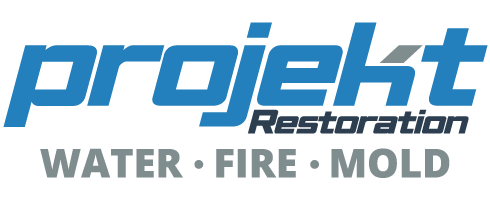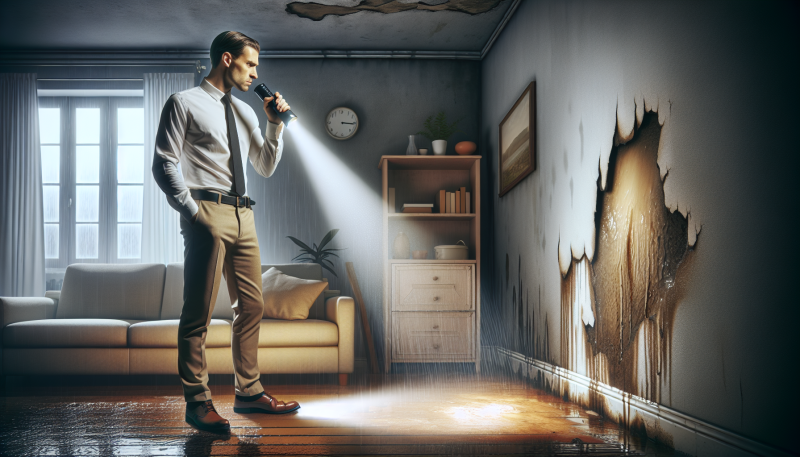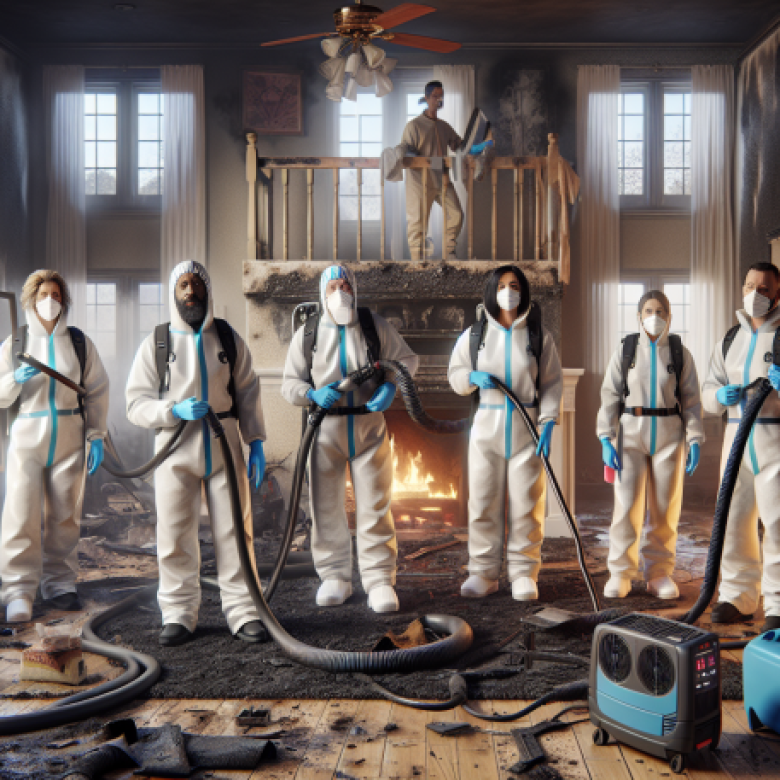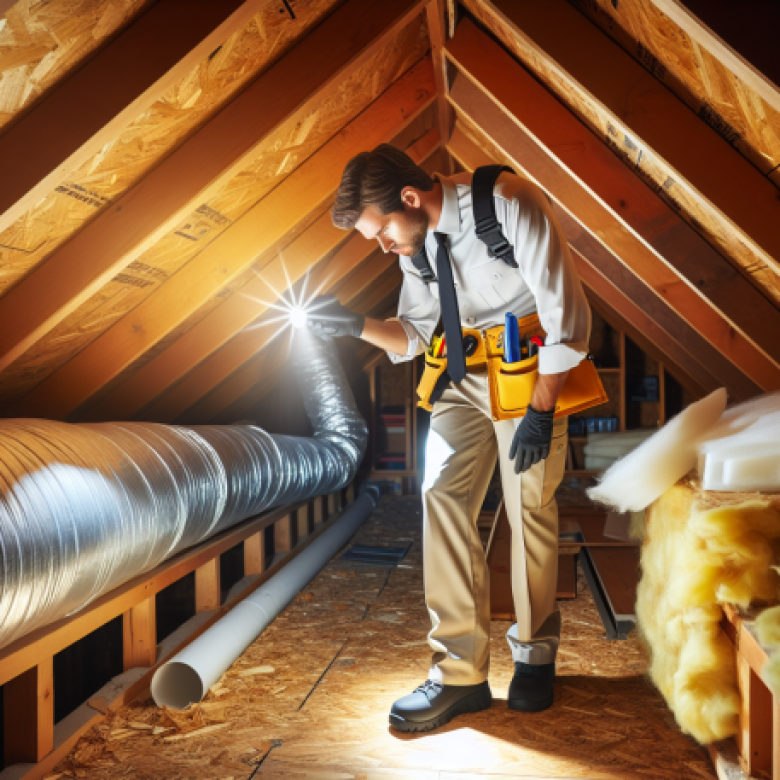Water damage can be a sneaky adversary for homeowners. It often lurks behind walls, under floors, and in places we least expect. Understanding how to spot hidden water damage is crucial for maintaining your home and preventing costly repairs. In this guide, we’ll explore the signs of water damage, how to assess the situation, and the steps you can take to restore your home effectively. Whether you’re dealing with residential property restoration or need help with commercial property restoration, we’ve got you covered.
Understanding Water Damage
Water damage can stem from various sources, including leaks, floods, and even humidity. It’s essential to understand the different types of water damage to effectively address them. There are three categories of water damage:
- Clean Water Damage: This type comes from a clean source, like a broken pipe or rainwater.
- Gray Water Damage: This includes water from appliances like dishwashers or washing machines, which may contain contaminants.
- Black Water Damage: This is the most severe type, often resulting from sewage backups or flooding from rivers.
Recognizing the type of water damage is crucial for determining the appropriate water damage restoration method. If you suspect water damage, it’s wise to consult professionals like Projekt Restoration, who specialize in mold assessment and remediation and can provide insurance claims assistance.
Signs of Hidden Water Damage
So, how do you know if water damage is hiding in your home? Here are some common signs to look out for:
- Musty Odors: A persistent musty smell often indicates mold growth, which thrives in damp conditions.
- Water Stains: Look for yellow or brown stains on walls and ceilings, which can signal leaks.
- Peeling Paint or Wallpaper: If your paint or wallpaper is bubbling or peeling, moisture may be trapped underneath.
- Warped Floors: Buckling or warped flooring can indicate water damage beneath the surface.
If you notice any of these signs, it’s time to take action. Ignoring them can lead to more severe issues, including structural damage and health risks from mold. For a thorough inspection, consider hiring experts in mold assessment and water damage restoration.
How to Assess Water Damage
Once you suspect water damage, the next step is assessment. Here’s how to do it:
- Visual Inspection: Start by examining areas where you suspect water damage. Look for stains, mold, and any signs of moisture.
- Check for Moisture: Use a moisture meter to check the levels in walls and floors. High readings can indicate hidden damage.
- Inspect Plumbing: Check all plumbing fixtures for leaks, including under sinks and around toilets.
- Look in Attics and Basements: These areas are often overlooked but can be hotspots for water damage.
If your inspection reveals significant damage, it’s best to contact professionals who specialize in water damage restoration. They can provide a comprehensive assessment and help you navigate the insurance claims process if necessary.
Steps for Water Damage Restoration
Once you’ve identified water damage, it’s crucial to act quickly. Here’s a step-by-step guide to restoring your home:
- Stop the Source: If the damage is due to a leak, fix it immediately to prevent further issues.
- Remove Standing Water: Use pumps or wet vacuums to remove any standing water. This is essential to prevent mold growth.
- Dry the Area: Use fans and dehumidifiers to dry out the affected areas. This step is critical for preventing mold.
- Clean and Disinfect: Clean all surfaces that came into contact with water. Use appropriate cleaning solutions to eliminate contaminants.
- Repair and Restore: Once everything is dry, you can begin repairs. This may include replacing drywall, flooring, or insulation.
For extensive damage, consider hiring Projekt Restoration. They offer 24/7 emergency services and can handle everything from fire damage restoration to biohazard cleanup.
Preventing Future Water Damage
Prevention is always better than cure. Here are some tips to help you avoid future water damage:
- Regular Inspections: Regularly check your home for signs of water damage, especially after heavy rains.
- Maintain Gutters: Keep gutters clean and ensure they direct water away from your home’s foundation.
- Install Sump Pumps: If you live in a flood-prone area, consider installing sump pumps to manage excess water.
- Seal Cracks: Seal any cracks in your foundation or walls to prevent water intrusion.
By taking these proactive measures, you can significantly reduce the risk of water damage in your home. And remember, if you ever need assistance, Projekt Restoration is just a call away for all your water damage restoration needs.
Conclusion
Spotting hidden water damage is essential for every homeowner. By understanding the signs, assessing the damage, and taking swift action, you can protect your home from costly repairs and health hazards. Don’t hesitate to reach out to professionals like Projekt Restoration for expert help in mold assessment and remediation, fire damage restoration, and more. Remember, being proactive today can save you a lot of trouble tomorrow!
FAQs
What are the common causes of hidden water damage?
Common causes include leaky pipes, roof leaks, flooding, and high humidity levels. Regular inspections can help identify these issues early.
How can I tell if I have mold due to water damage?
Look for musty odors, visible mold growth, and water stains. If you suspect mold, it’s best to contact a professional for a thorough assessment.
Can I handle water damage restoration myself?
While minor issues can sometimes be handled by homeowners, significant damage often requires professional expertise to ensure proper restoration and safety.
How long does the water damage restoration process take?
The duration depends on the extent of the damage. Minor repairs may take a few days, while extensive damage could take weeks. Professionals can provide a timeline based on your situation.
Does homeowners insurance cover water damage restoration?
Coverage varies by policy. It’s essential to review your policy and consult with your insurance provider to understand what is covered.





